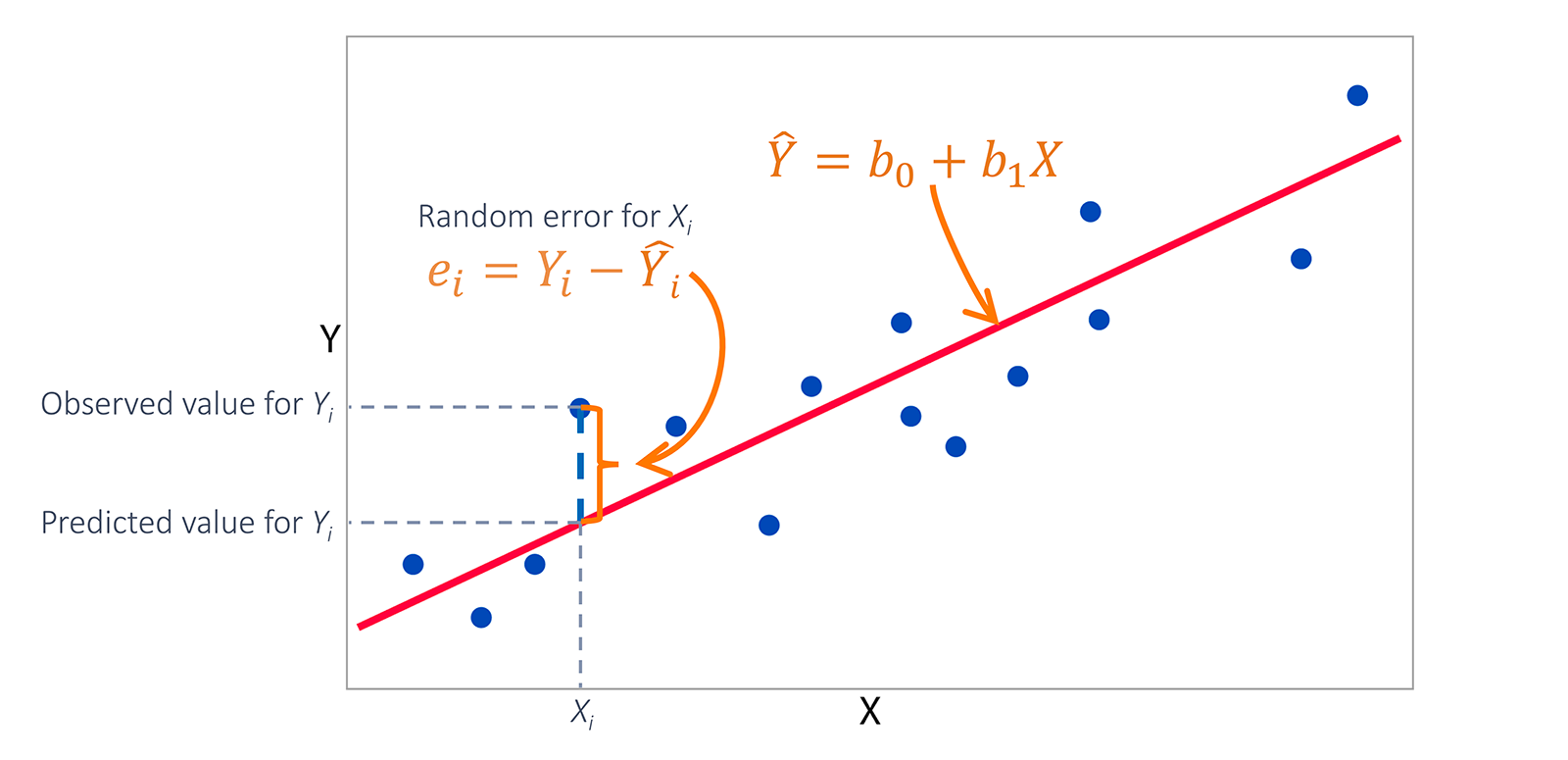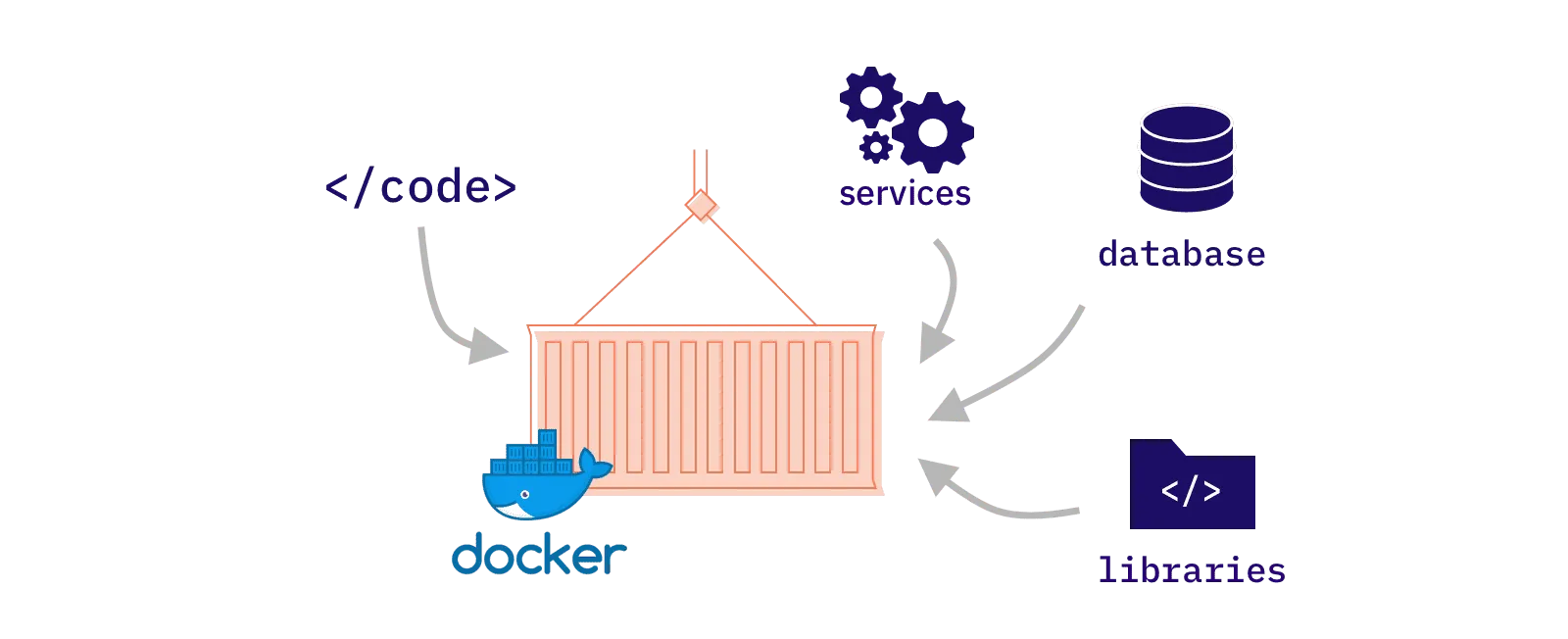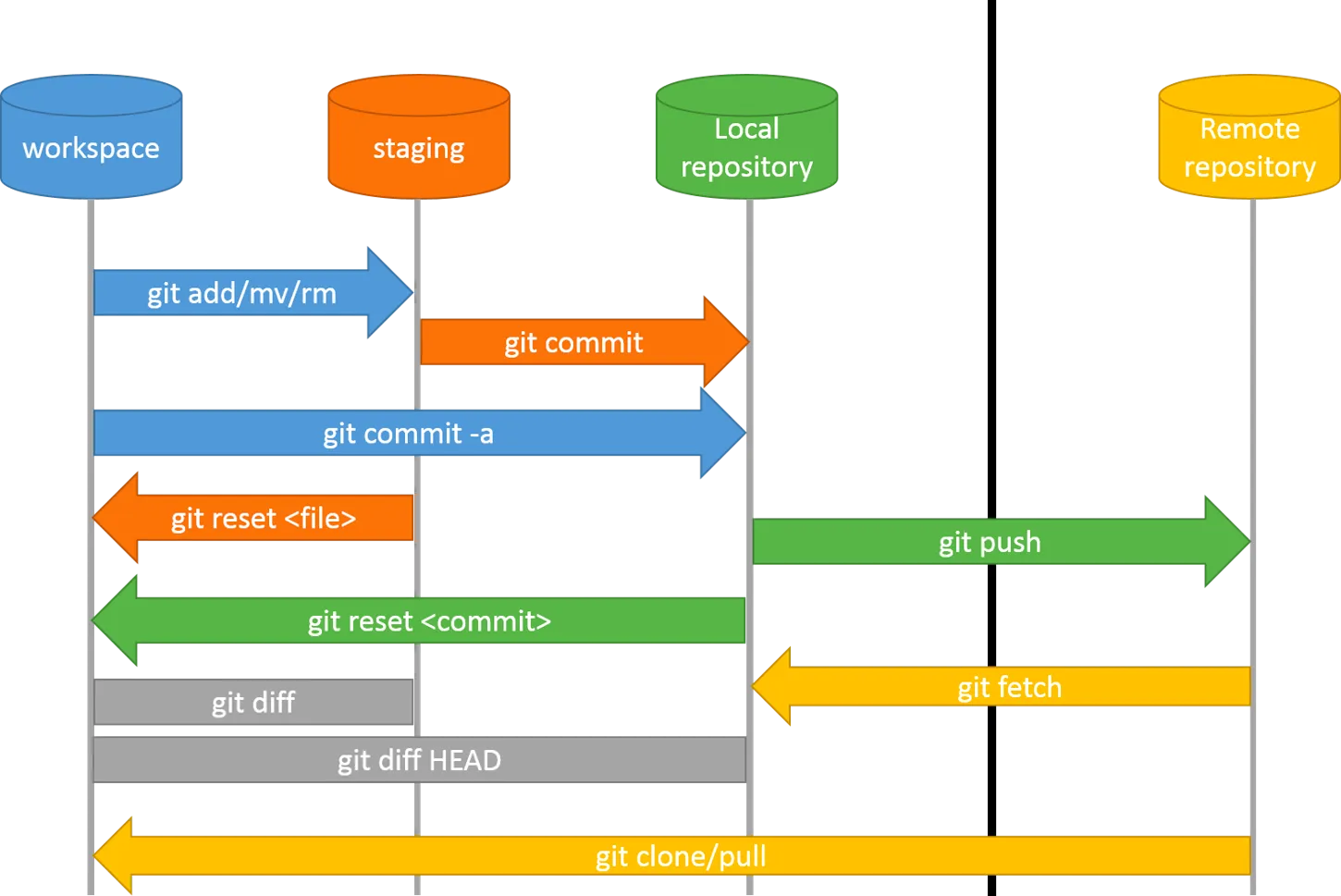论文概述 [1]
在本文中,我们提出了一种简单的着色方法:基于一个简单前提:时空中具有相似强度(intensity:Y)的相邻像素应该具有相似的颜色 。 我们使用次成本函数形式化这个前提,并获得一个可以使用标准技术有效解决的优化问题。
[1]Levin, Anat, Dani Lischinski, and Yair Weiss. “Colorization using optimization.” ACM SIGGRAPH 2004 Papers. 2004. 689-694.
目标函数 Y可以通过gray图像作为已知信息,因此我们需要通过临近像素的推测U和V
r: 目标像素 N(r):临近像素
$w_{rs}$的条件
两像素间Y越相似,w越大;两像素间Y差值越大,w越小
和为1
约束条件 相邻像素具有相似Y时应该具有相似的U和V
权重函数
$\sigma_r^2$为包含r的临近像素的variance
实现思路
二乘问题的目的函数转换为解线性方程组Ax=b的问题
如果按照稠密矩阵构造A就需要使用$(A^TA)^{-1}A^Tb$计算,将会十分庞大;如果用稀疏矩阵则会大大减少计算量
呃呃搞明白以后思路就是如此简单。。。。
代码实现 import库 %matplotlib inline import numpy as npimport matplotlib.pyplot as pltfrom PIL import Imagefrom skimage import colorfrom scipy.sparse import csr_matrixfrom scipy.sparse.linalg import spsolve
图像预处理 img_in = color.rgb2yuv( np.array( Image.open ( 'baby.png' ).convert("RGB" ), dtype=float ) / 255 ) img_edit = color.rgb2yuv( np.array( Image.open ( 'baby_marked.png' ).convert("RGB" ), dtype=float ) / 255 ) img_hint = np.zeros( img_edit.shape ) idx = (np.abs ((img_in-img_edit).sum (2 )) > 1e-4 ) img_hint[ idx ] = img_edit[ idx ]
Image.open():返回一个image的对象(shape=(w,h))
Image.open().convert("RGB"):返回一个image的RGB对象(shape=(w,h,c))
sum(n):沿n维的sum
生成稀疏矩阵A w = img_edit.shape[0 ] h = img_edit.shape[1 ] wpx = 1 b_u = np.zeros( (w*h,) ) b_v = b_u.copy() row = [] col = [] dat = [] for v in range (h): for u in range (w): i = v*w + u row.append( i ) col.append( i ) dat.append( 1. ) if idx[u,v]: b_u[i] = img_edit[u,v,1 ] b_v[i] = img_edit[u,v,2 ] continue umin = max (0 ,u-wpx) umax = min (w,u+wpx+1 ) vmin = max (0 ,v-wpx) vmax = min (h,v+wpx+1 ) patch = img_in[ umin:umax, vmin:vmax, 0 ] mu_r = np.mean( patch ) sigma_r = np.var( patch ) sigma_r = max ( sigma_r, 1e-6 ) Yr = img_in[u,v,0 ] N = [] wrs = [] for nu in range ( umin, umax ): for nv in range ( vmin, vmax ): j = nv*w + nu if i==j: continue Ys = img_in[nu,nv,0 ] wrs.append(np.exp(-1 *(Yr-Ys)*(Yr-Ys)/ 2 / sigma_r)) N.append(j) wrs = np.array( wrs ) wrs /= wrs.sum () for k,j in enumerate (N): row.append(i) col.append(j) dat.append(-wrs[k]) A = csr_matrix( (dat, (row,col)) )
csr_matrix( (data, (row_index,col_index)) ): csr_matrix( ([1 ,2 ,1 ], ([1 ,3 ,3 ],[0 ,1 ,3 ])) ).toarray() >>> array([[0 , 0 , 0 , 0 ], [1 , 0 , 0 , 0 ], [0 , 0 , 0 , 0 ], [0 , 2 , 0 , 1 ]], dtype=int64)
解方程组生成目标图像 Y = img_in[:,:,0 :1 ] U = spsolve(A, b_u).reshape( h, w, 1 ).transpose( (1 ,0 ,2 ) ) V = spsolve(A, b_v).reshape( h, w, 1 ).transpose( (1 ,0 ,2 ) ) img_out = np.concatenate( (Y,U,V), axis=2 ) plt.imshow( color.yuv2rgb(img_out) ) plt.show()







